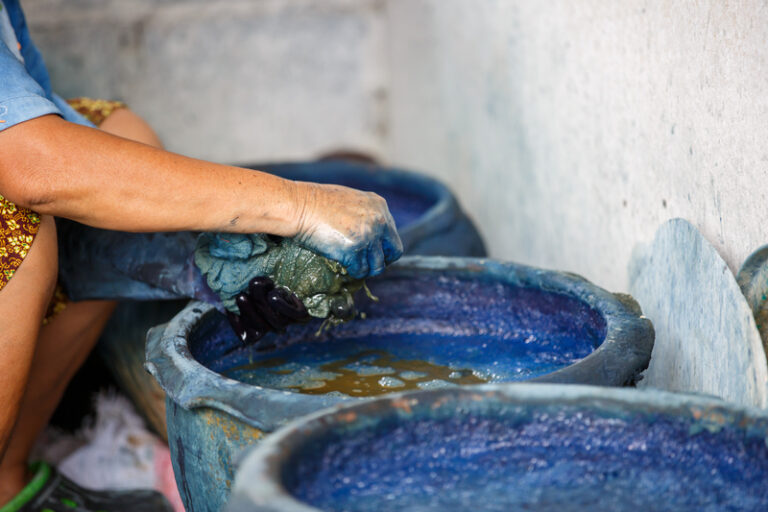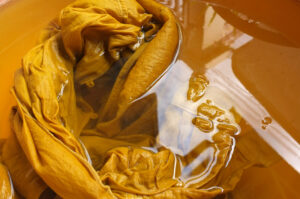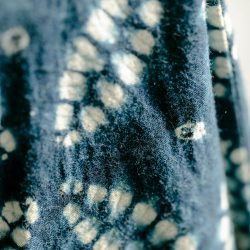
Saffron & Indigo
Sustainable | Ethical | Responsible Fashion

About
At Saffron & Indigo we aim to revolutionize the fashion industry by offering ethically produced, organically grown, farm-to-closet pieces; medicinal fabric loungewear; and recycled fashion.
Inspired and produced by the textile craft artisans of India we prioritize a circular approach. We maintain complete transparency throughout our supply chain, educating on and providing an example of the future of fashion.
By leveraging e-commerce and social media platforms, we’ll offer a personalized and efficient shopping experience while maintaining the authenticity of our brand image and customer relationships.

Our Brand Ethos

Circular Fashion
Farm-to-closet: Clothing should start with healthy soil
Ayurvastra: Fabrics dyed with medicinal plants.
Upcycling: Upcycled saris and sustainably recycled fabrics.

Inclusivity
Timeless pieces that speak to all tastes, bodies, and needs. Easy wear, elegant designs, exquisite materials, beautiful details.

Transparency
Transparency in pricing, production and practice. Bringing the customer into the conversation by being open for feedback and ideas.

Education
Share information on regenerative fashion, ayurvastra, circular fashion, and other initiatives to reduce our carbon footprint. Through creative marketing, storytelling, newsletters and social media, we incorporate the customer and broader audience in the future of sustainable fashion.

The People Community
Join our Saffron and Indigo family. Follow us on social media and stay up to date on our website. Become a rewards member and earn points towards future purchases.
Our Mission
We are redefining fashion by regenerating ecosystems, empowering communities, and designing for a circular future.
Our mission is to create timeless, high-quality garments that restore the planet rather than deplete it.
Through ethical sourcing, biodegradable materials, and innovative recycling, we ensure that every piece leaves a positive impact.
By incorporating the growers and producers that create our materials by providing seeds and crops, we incentivize them to participate in a more sustainable future.
Through collaboration with local manufacturers and governments we’ll work to blend economic goals with sustainable targets.
We believe in fashion that gives back—nourishing the earth, respecting its makers, and inspiring a conscious lifestyle. Together, we weave a regenerative future, one stitch at a time.
Our Materials
Organic materials and colors representing healthy soil, clean water, and bright sunshine, combined with human ingenuity and innovation.

Fabrics
Our fabrics are sourced from regenerative agricultural systems that restore soil health and biodiversity while capturing carbon.
We incorporate ayurvastra – the art of turning fabric into medicine, up cycled saris, and sustainably recycled fabrics.
We are creating a virtuous cycle where your wardrobe choices actively contribute to environmental restoration.

Dyes
We exclusively use natural dyes derived from plant waste and agricultural byproducts.
Each vibrant hue is created through ancient techniques combined with modern innovations, eliminating toxic chemicals while closing waste loops in our production cycle.
Limited drops utilize only a couple of colors per collection, creating less waste and lower production demands.

Inspiration
We draw profound inspiration from India’s rich textile heritage, where generations of artisans have created sustainable beauty through traditions that harmonize with nature’s rhythms.
Through collaboration with these traditions we are regenerating both ecosystems and traditional livelihoods.
Minimal, efficient, chic, and high quality.
Want to Partner with Saffron & Indigo?
We’re looking for dedicated producers who share our commitment to quality and sustainability.
If you align with our vision and are interested in exploring a collaboration, please fill out the form, and we’ll reach out to start something great together.